The Troubled Class of 2012
By majormitch 3 Comments
Note: Any release dates I cite are North American ones.
It’s been roughly two years since the PlayStation 4 and Xbox One came onto the market, in the fall of 2013, which means we are firmly entrenched in this “generation” of video game hardware. These two consoles weren’t the beginning of the transition though; in fact, they remain the newest, and seemingly final additions to the current batch of platforms (notwithstanding supplements like VR headsets and Steam Machines). The transition saw its modest beginnings two and a half years earlier, when the Nintendo 3DS came out in the spring of 2011. The 3DS got off to a slow start, but later picked up the pace thanks to an aggressive price drop and some killer games. In fact, the 3DS is the current leader this generation with around 50 million units out in the wild (according to Wikipedia at least). And while neither the PlayStation 4 or Xbox One have, to my knowledge, passed half of that mark yet (no big surprise given the 3DS’ substantial lead time), all signs suggest they are holding their own just fine. Sony and Microsoft appear pleased with their progress, developers are showing both boxes plenty of support, and fans seem to be enjoying their offerings. All in all, this “generation” is shaping up nicely.

Or is it? Those three machines are finding success, but what about this generation’s other members? In between the Nintendo 3DS’ March 2011 launch, and the twin launch of the PlayStation 4 and Xbox One in November 2013, two other pieces of hardware joined the family in 2012: the PlayStation Vita released in February, with the Nintendo Wii U following in November. And to put it bluntly, both systems have struggled mightily to gain any kind of traction. I’m not privy to exact sales numbers, but all signs indicate they are bad for both. An audience has been hard to find in such a competitive market, which makes publishers hesitant to lend any additional support. It’s easy to look at both the Vita and Wii U and say “Of course they’re struggling, they have no games!” And while you’d not be completely wrong, it’s just as likely that they have no games because they struggled right out of the gate, struggles that may or may not have anything to do with the quality of the systems themselves, or the software on them. It’s a frustrating “chicken and egg” problem for all involved, and has left both platforms in a grim state.

I’m not interested in trying to pinpoint where things turned south for the Vita or Wii U, which is likely a futile effort with too many subtle factors to consider (that won’t stop armchair analysts from trying though). I give the brief recap simply to illustrate where things currently stand, and highlight that this generation’s pair of 2012 entrants have been troubled from the start. What I’m more interested in, is what those systems have turned into, and what they are offering the few people who actually bought them. Being the kind of sucker who inevitably buys every platform I can, I am one of those people. As of now I own all five major consoles and handhelds (along with a decent PC), and while the Vita and Wii U are by no means the strongest of the bunch, they’re not a wash either. Both have particular quirks and features that I find interesting, or even endearing, and I’m genuinely satisfied with owning both. Perhaps not many would be, but I have broad tastes, and also enjoy being in the know and along for the ride. Chalk it up to my somewhat academic interest in the medium if you want, but I find something compelling about these troubled platforms. So think of this as me taking stock of this generation’s underachievers three years in, and looking at what I’ve gotten out of them so far.
I’ll start with the PlayStation Vita, which I picked up following a price drop in the summer of 2013, a little over a year after it launched. The only “big” game I got with it was Persona 4 Golden, which is probably still its best game to date. That in itself is a little odd, given that was a remake of a four year old PlayStation 2 game at the time. But the timing was right for me to finally play this gem, and I was also immediately able to load up on PlayStation Portable games I had missed; those PSP games were actually the biggest driver for me wanting a Vita in the first place. I never owned a PSP (poor college student and all), despite there being a handful of games I wanted to play on it, from Patapon to Crush to Jeanne d’Arc. The Vita, then, was a “two-in-one” system for me, as virtually all digitally available PSP games are playable on a Vita. Taken from that viewpoint, the system was immediately justified for me. Add in a healthy dose of PlayStation Plus freebies I had accrued, and access to a surprisingly large suite of PSone Classics, and the sheer number of games available on the Vita was pretty profound.
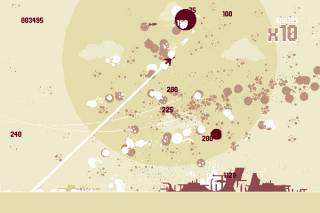
That gets to the real appeal of the Vita. It doesn’t have many worthwhile exclusives, and many of the good ones end up on other platforms eventually (prime example: Tearaway). But it is a great place to play a huge variety of games pulled from other sources. Between downloadable PSP games, smaller/indie PS4 games that generally support “cross-buy” and/or “cross-save,” and all PSone Classics, there are a ton of games a Vita can play. And playing them on a Vita is, in some ways, more appealing to me than playing them on the other platforms they appear on. I don’t have a PSP of course, and I’m certainly not dragging out my PlayStation in 2015 (unless I’m getting real serious about it). I also simply enjoy playing a good number of games on a handheld. Playing Persona 4 Golden in constant short bursts, with easy access to a slick sleep mode, made it a much more enjoyable experience for me than trying to slog through longer sessions in front of a TV. Even better are the even smaller quick-burst games, such as Luftrausers, Pix the Cat, or Velocity 2X, many of which come down the PS+ pipe. I would probably never bother playing those if I had to boot up a console for them, but they make for quick, fun diversions on a handheld. The same can be said for PSone Classics, most of which aren’t available on the PS4 anyway (for some weird reason). I played plenty of great PlayStation games back in the day, but missed just as many, such as Klonoa: Door to Phantomile, Alundra, and Suikoden II (along with countless other revered JRPGs). And the Vita is perhaps the best place to catch up on these classics today. All of this is intensified by the fact that the Vita is a nice piece of hardware to interact with. Everything runs smoothly, and I find the UI intuitive and easy to navigate. The Vita is a slick thing that’s fun to use, plain and simple, and a great place to play the many games playable on it.
Moving on, I picked up Nintendo's latest a few months after it launched. As someone who genuinely likes a number of Nintendo franchises, there was never any doubt I would get a Nintendo Wii U eventually; all it took was a decent bundle and a few game announcements to get me to pull the trigger. That said, this purchase was not justified as immediately as the PlayStation Vita was for me. I have a much richer history of playing Nintendo games than I do Sony games, so there was no equivalent here to the PSP games or PSone Classics for me to dig back into. I’ve played the big Nintendo games already, but even then the Wii U’s legacy digital offerings are not nearly as deep as the Vita’s; ironically, the Vita has access to a larger “Virtual Console” than the Wii U does, and by a good margin. Also contrary to the Vita, the Wii U is… not a nice piece of hardware. It’s extremely slow (even by console standards) and the touch screen isn't the best one around, but even worse is Nintendo’s continued reluctance to adopt modern online sensibilities. While they’re slowly making steps in the right direction (I give them credit for the Miiverse, which is a neat thing), online play is still not reliable for a lot of games, and the lack of a sensible unified profile is astounding. The way digital purchases are tied to a machine, rather than a profile, is not only archaic, it’s a potential nightmare for anyone whose Wii U craps out.
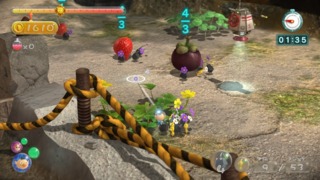
All of those gripes aside, the main detractor from the Wii U is the same as the Vita’s: a lack of games. Yet the way in which they lack games is completely contrary to one another. The Vita has access to tons of games, but almost no good exclusives; the games playable there are playable elsewhere. The Wii U, on the other hand, does not have access to a lot of games period. Yet among the few games it does have, a relatively high number of them are exclusive. This is especially true when looking at “big” retail games for the system in comparison to other current consoles. That’s the appeal of the Wii U; it has games you can’t get anywhere else, and more of them than its most direct competitors. That “quality over quantity” mantra can be a tough row to hoe, however, as it demands those exclusives be very good. And while the likes of Pikmin 3, Super Mario 3D World, and Super Smash Bros. 4 aren’t going to set the world on fire, they’re solid installments in storied Nintendo franchises. That does underline one key fact about the Wii U’s exclusives: you have to like multiple Nintendo franchises to be on board. But if you do, there are enough good ones at this point to justify the system, especially as a supplement to another platform.
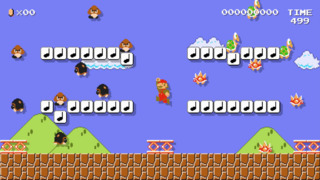
If there was another big bummer to the Wii U, it was that, until last month, I didn’t feel it had a true “system seller” quality first party title. Almost three years in, despite having plenty of perfectly good games, the Wii U was still lacking its Ocarina of Time, its Metroid Prime, or its Super Mario Galaxy; you know, the kind of games that have kept Nintendo’s consoles relevant ever since third parties abandoned the company following the SNES days. Enter the recent Super Mario Maker, hands down the best Wii U game to date in my mind, and likely to be the console's defining gem. Super Mario Maker is something special, and emits the charm, polish, and creativity that people love about Nintendo. I’ve had as much fun with it as I have any game, on any platform, in a long time, and one can’t help but wonder how it would have changed the Wii U’s fortunes had it come out two years earlier. Either way, it makes the Wii U an intriguing and relevant console (for me) in 2015. I personally like enough of Nintendo’s franchises to provide a strong supporting cast to Super Mario Maker’s magic, which leads to a healthy selection of games that have finally made the system stand out.
Both the PlayStation Vita and Nintendo Wii U continue to have plenty of caveats, and I wouldn’t recommended anyone choose them as their primary gaming platform over their contemporaries. But for those who already own another, more robust platform, and have the right interests, there can be a certain appeal to what this pair of troubled systems can offer. Whether I’m digging into the Vita’s deep, robust selection of digital offerings on the go, or the Wii U’s small but strong lineup of first party games, they make for surprisingly competent supplemental devices in 2015. It's taken them three years to get here, but I’m happy to own both, and will continue to curiously partake in everything they have to offer; even if it only leads to me going down with the ship. It should be an intriguing ride while it lasts.
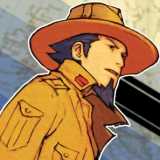
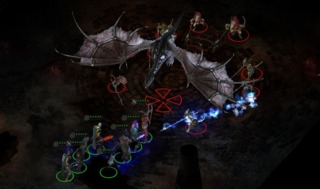
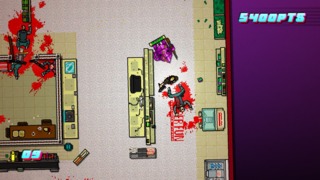
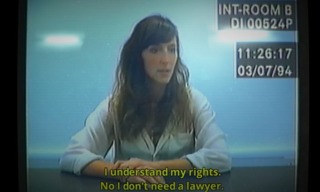
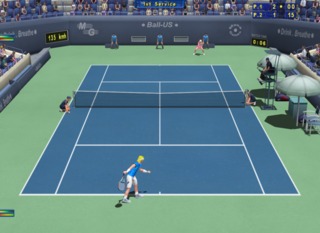

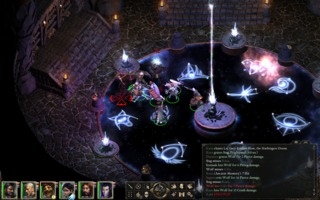
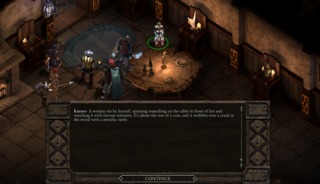
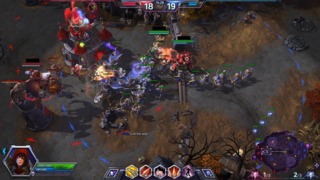
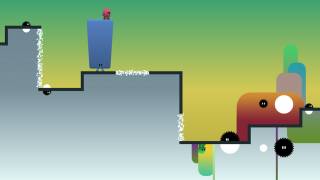
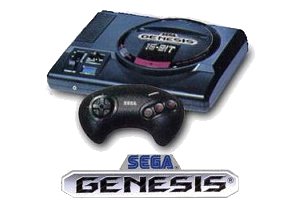

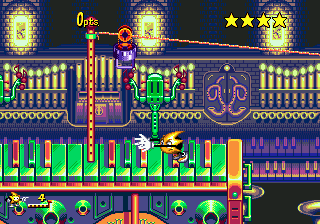
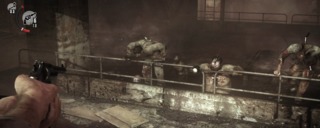
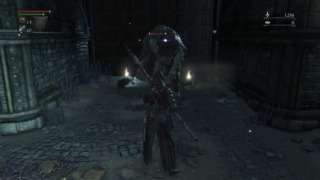
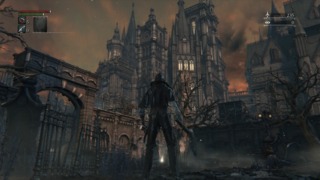
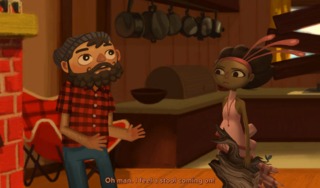

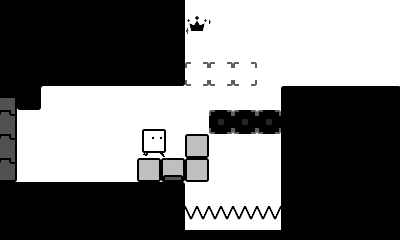
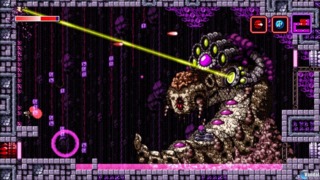
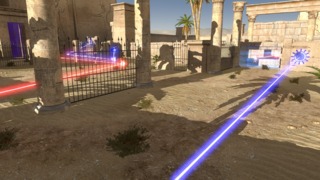
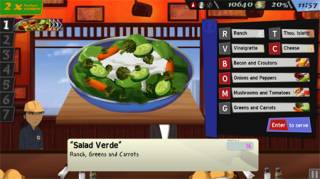

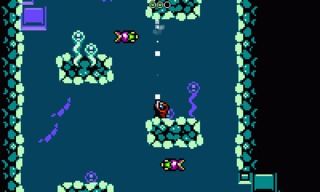
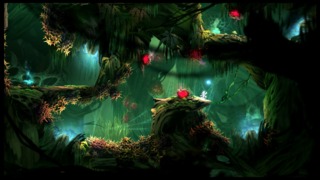
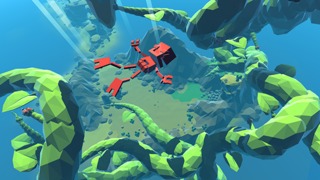
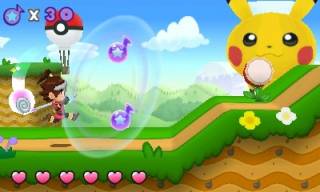
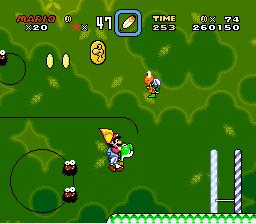
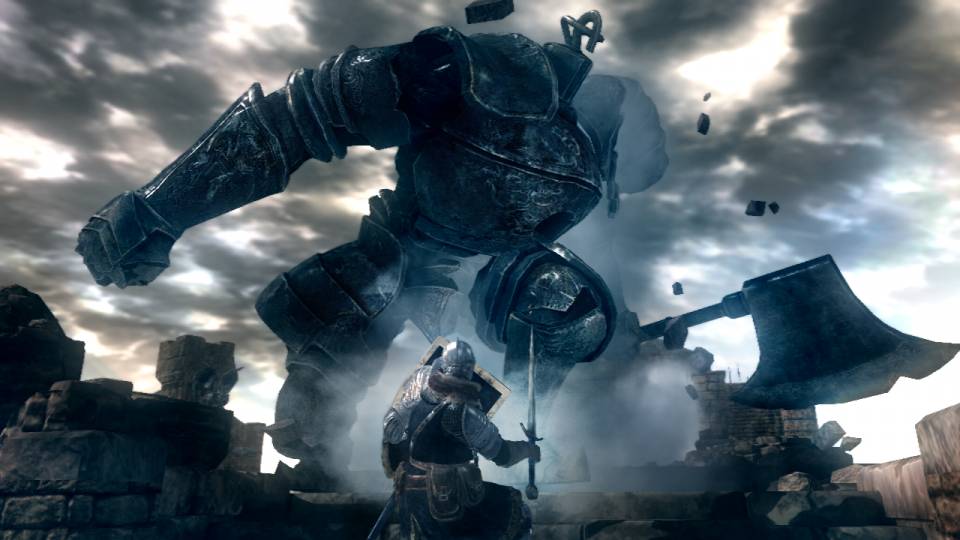
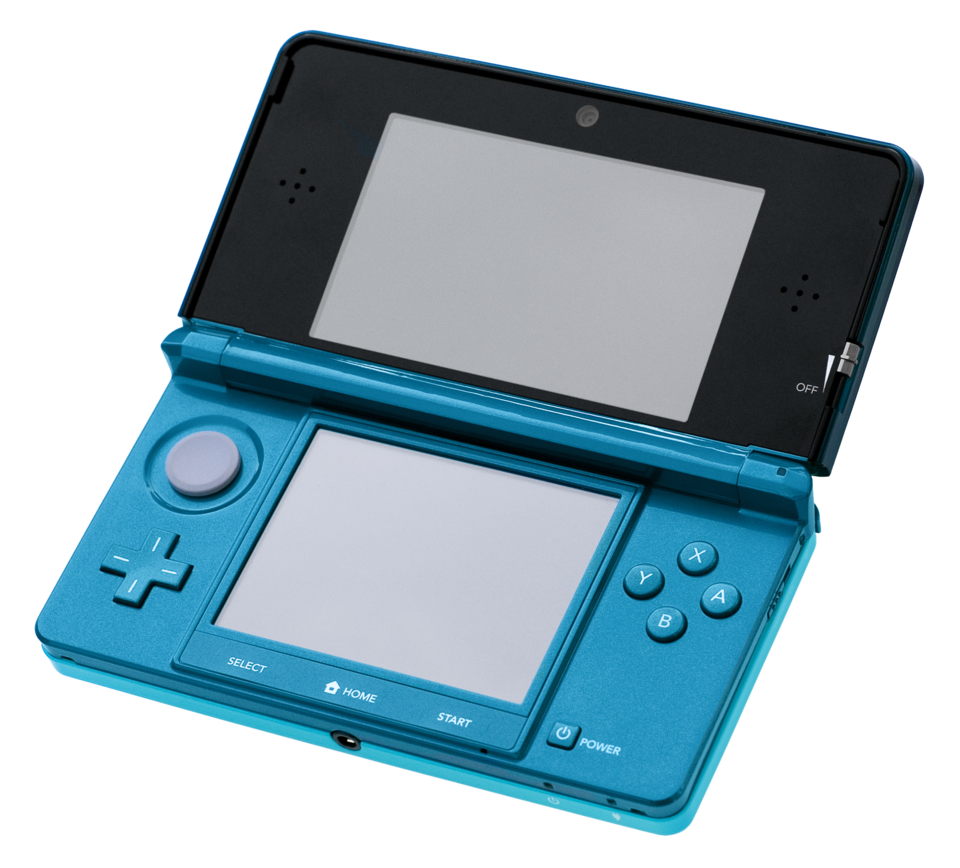
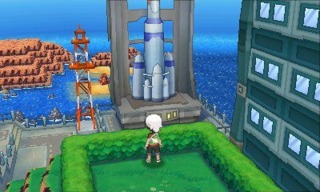
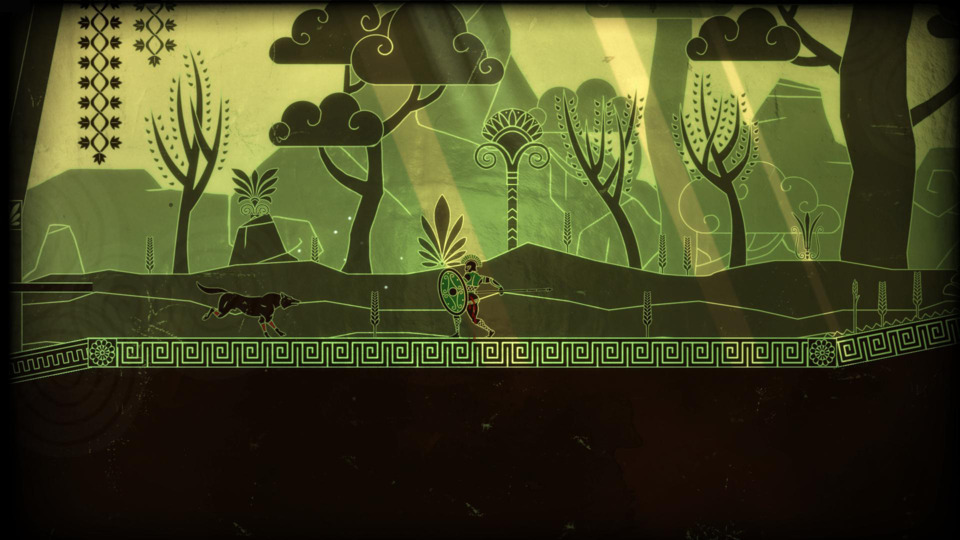
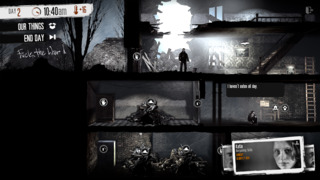
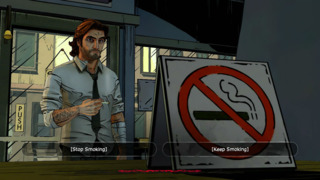
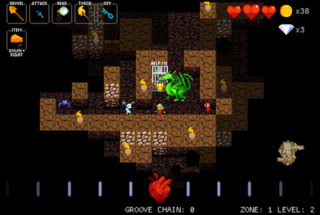
Log in to comment